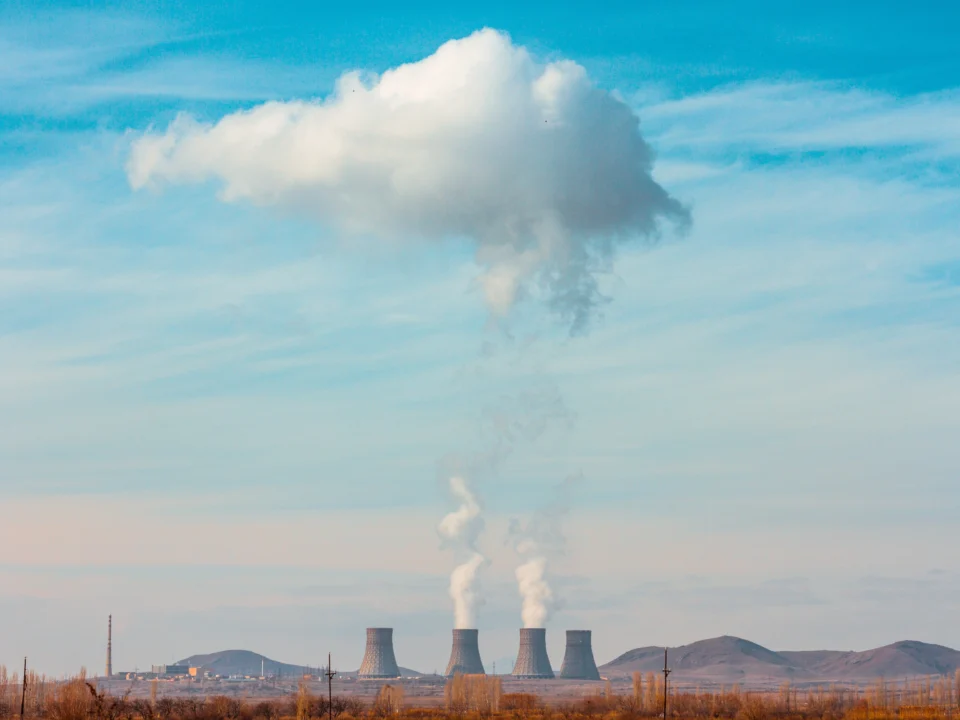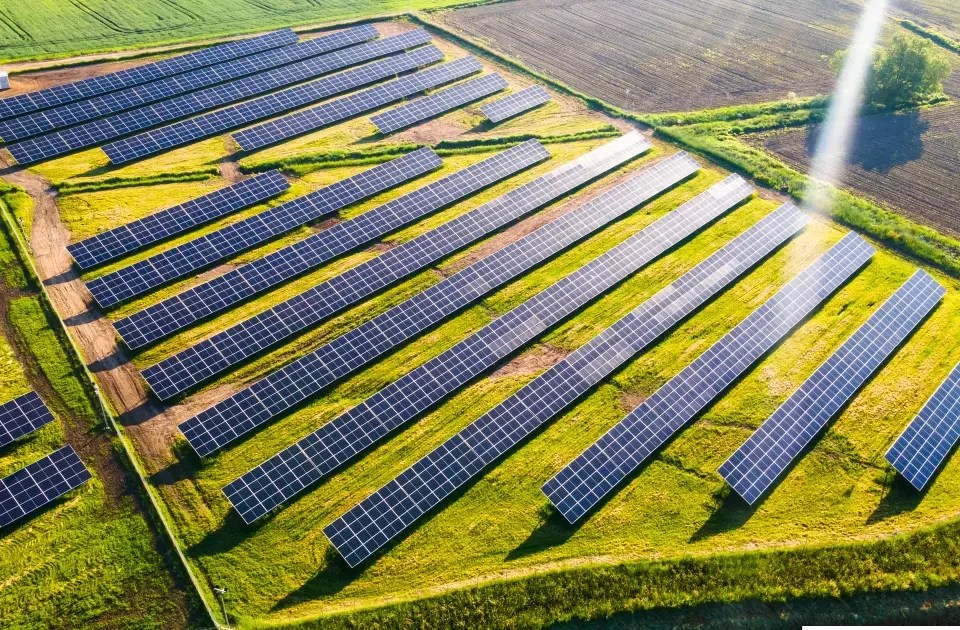The 7 Best Resources for Renewable Energy
The planet is becoming a global village because people around the globe are constantly consuming resources every day. Energy and relevant resources are increasingly required to fulfil the social and economic growth, welfare and health of humans.
The key resources that we use come from fossil fuels, such as oil, gas and coal – are slowly declining. The combustion of fossil fuel in the process of energy conversion produces waste of H2O and CO2. CO2 is the primary greenhouse gas, but other air pollutants like methane also cause global warming. If we want to live our lives the same way, we need to shift towards safer, more natural energies – renewable energy, as is commonly known.
There are various clean energy options and most significantly, they are environmental-friendly and use complex natural processes. There is no question that such systems can also be considered sustainable, as they will not use any other medium to produce electricity. Seven energy sources listed below prove that our dependency on fossil fuels could be substantially reduced.
Solar Power
Solar energy is captured with different substance batteries, which are then transformed into electricity. The greatest factor in the development of solar cells is the price.
Technological advancements make solar energy more feasible and the development of high-efficient solar cells possible, which is vital to the growth of the industry. New material is employed in solar cells, making them simpler to transport and install. Residential use of flexible solar cells and the installation of solar arrays are becoming common.
The main factor in solar power efficiency is the fact that solar panels produce only electricity during the daytime, and can be impeded by weather situations or pollution. Some kind of storage is required to use solar energy from the sun entirely.
Wind Power
With wind turbines, wind power is transformed into a useful form, like mechanical and electrical resources. Large-scale wind farms are connected to the local power transmission grid along with small turbines to generate power to the remote areas mainly. Different residential units come into service and are efficient enough to drive major appliances according to the scale of the whole building. All of these wind farms, built on fields, have limited environmental effects compared with other energy sources.
Biomass
Biomass is the wood, biofuels, waste and other organic matter consumed to generate energy. The combustion cycle produces carbon emissions but is still considered green because the plants used can be reprocessed. In renewable energy production, biomass has the largest global share of 50%, with 26% of hydropower and wind energy of 18%.
Nuclear
Nuclear power is perhaps the most complicated form of renewable energy. The energy generated by nuclear reactions is electricity. Although fission (splitting) is the principal source used, interest in cold fusion is still growing. At present though, nuclear-fission power plants are among the best plants. They often produce electricity without emissions.
Geothermal Energy
One of the efficient ways to extract renewable energy utilizing natural processes from Earth is geothermal energy. Through harnessing Earth’s natural power, geothermal energy is generated. When performed on a small scale, it can provide electricity for residential areas, or it can be used for energy generation through a geothermal power station on a large scale.
There is an enormous amount of energy on the Earth with 44.2 terawatts of conduction. The world industry will generate around 18.4 gigawatts by 2021, according to a recent report.
Oceans
Oceans are one of the world’s largest producers of renewable energy. Heat is recovered from the passage of waves and tides and as radiant energy from the sun on the oceans. The combination of fresh and salt waters, in which rivers join the sea, will generate energy. Ocean water can be used for cooling and also be used to generate the marine biomass for the energy sector.
Most ocean energy is dispersed and far from where it is required. Yet ocean resources can be produced in practical application. Where significant ranges or tides occur, tidal energy can be collected. When the wave energy is higher than average, it is possible to exploit wave energy.
Hydropower
Hydroelectric power stations generate electrical power from flowing water. Now this implies that the dropping water’s gravity produces the energy. It’s one of the most common forms of renewable energy without a doubt. There is no obvious pollution in a hydroelectric plant. Micro-hydro power (or hydro small-scale) is a very common alternative energy source, particularly in remote locations where electricity is not feasible. Hydroelectric plants have the biggest advantage of having trouble-free access to tiny rivers or lakes. The traditional way is to build dams for flow control. It requires large expenditures and very small running and maintenance costs.
Conclusion:
Renewable energy comes from natural sources that can be recycled or reused. It is a clean energy source that can be reproduced forever.
In the meantime, renewable energy demand has continued to grow. Emerging markets, which will witness the largest growth in electricity demand as they develop and/or electrify, have leaped into a green energy leadership position.



